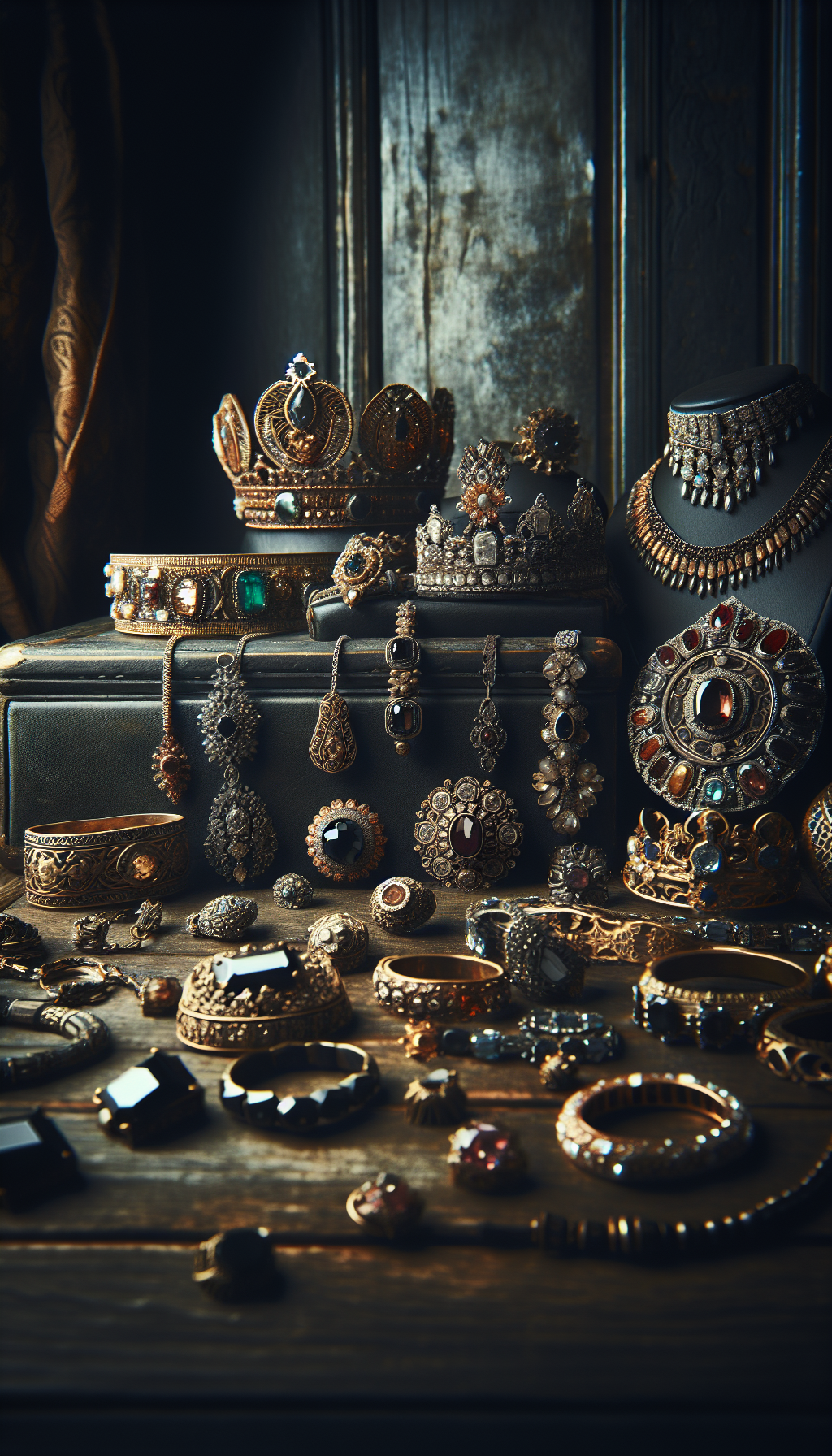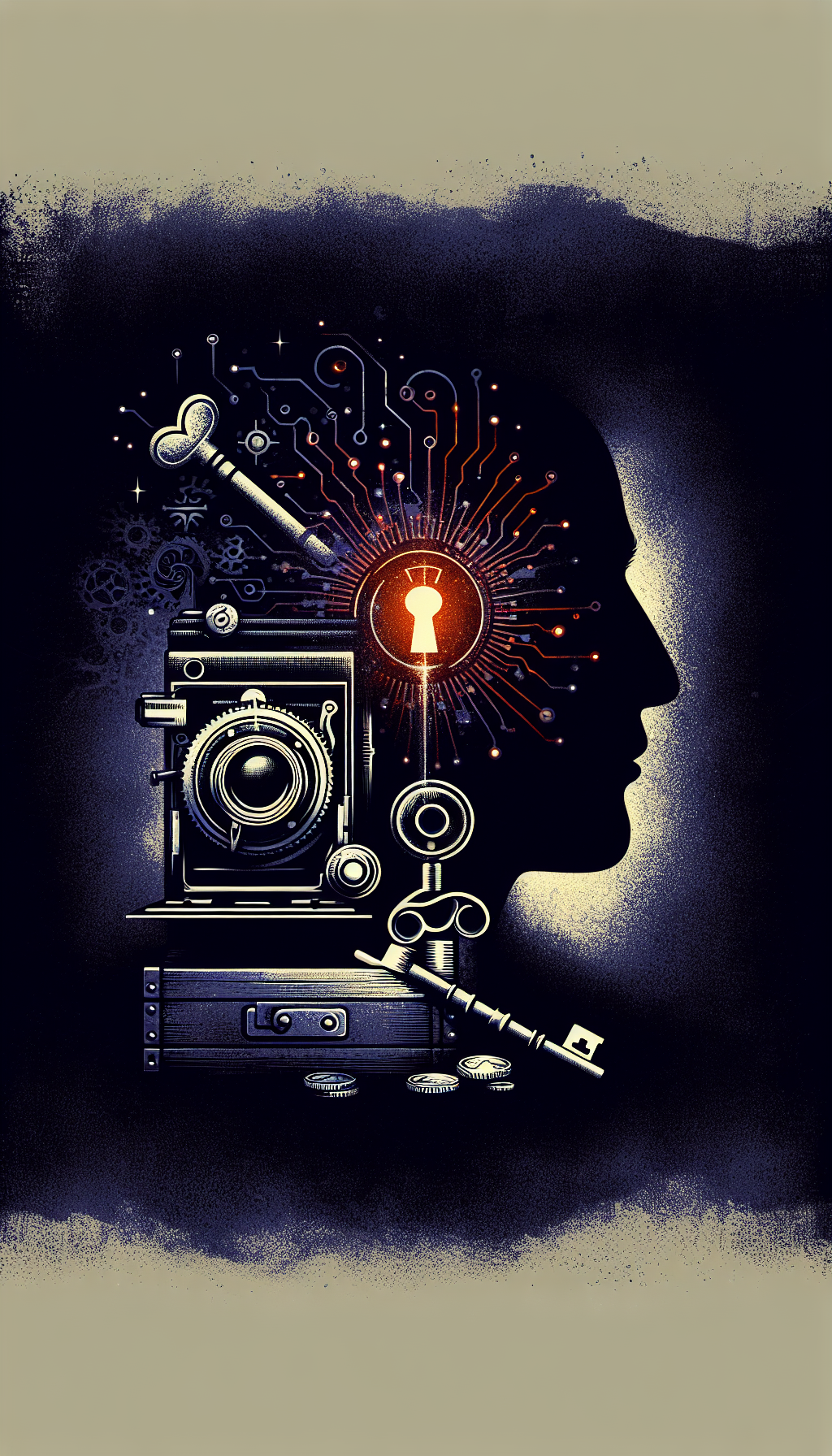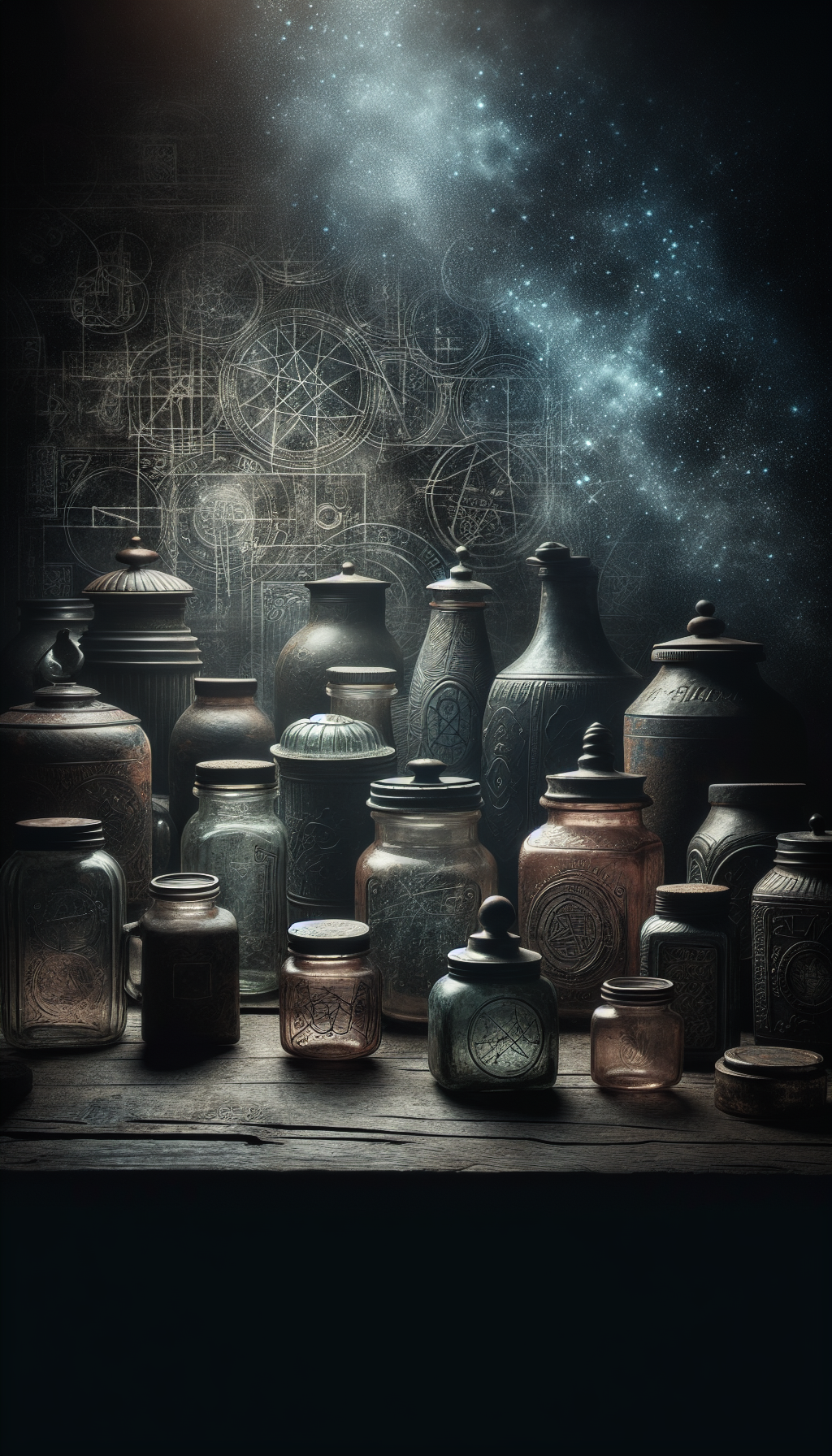For over 170 years, Singer has been synonymous with quality sewing machines, creating models that revolutionized home sewing across generations. Today, these vintage and antique Singer machines have become highly sought after by collectors, sewing enthusiasts, and antique lovers alike. But determining exactly how much your old Singer sewing machine is worth can be challenging without expert guidance.
In this comprehensive guide, we’ll explore the factors that determine an old Singer sewing machine’s value, provide price ranges for different models and eras, and offer expert tips on identifying valuable machines. Whether you’ve inherited a family heirloom or discovered an antique Singer at a yard sale, this article will help you understand its true market value.
Table of Contents
- Understanding Antique Singer Sewing Machine Values
- Value Ranges by Era and Model
- Key Factors Affecting Value
- How to Identify Your Singer Model
- Most Valuable Singer Models
- Where to Sell Vintage Singer Machines
- Common Questions About Singer Sewing Machine Values
Understanding Antique Singer Sewing Machine Values
While many people assume all old Singer machines are valuable antiques, the reality is more complex. Singer produced millions of sewing machines throughout its history, making many models relatively common. However, certain factors can significantly increase a machine’s value to collectors and enthusiasts.
According to Singer’s own resources on determining sewing machine value, truly antique models (over 100 years old) typically hold more value than newer vintage models, especially if they’re rare or in excellent condition.
Key Singer Sewing Machine Value Statistics
Value Ranges by Era and Model
Let’s examine the general value ranges for Singer sewing machines by era:
Singer Sewing Machine Value By Era
Average market values for machines in good working condition
</tbody>
</table>
According to a post on Reddit’s vintage sewing community, even pristine Singer 66 models typically sell for around $300 USD or less despite their beauty, as they were produced in large quantities. However, the valuation expert at Woman’s World notes that particularly old models from the 1930s or earlier in very good condition can fetch up to $800.
Historical Timeline of Notable Singer Models
- 1851
First Singer Patent
Isaac Singer's original patent machines are extremely rare and can be worth $10,000+ to museums and serious collectors. - 1870s
Early Treadle Models
Early treadle machines with ornate iron stands and wooden cabinets typically range from $400-$1,000 in good condition. - 1891
Singer Model 27 & 28
The "Sphinx" models with distinctive Egyptian-style decals, value range $200-$600 depending on condition. - 1911
Singer Model 66
The popular "Red Eye" model with distinctive red decals, typical value $150-$300 for working models. - 1934
Singer Featherweight 221
Lightweight portable model highly sought by quilters, values range from $300-$800. - 1952
Singer 301
First slant-needle model, typically worth $150-$400 in good condition.
Key Factors Affecting Value
According to Mearto’s appraisal information, Singer machine values can vary dramatically, with exceptional pieces fetching two to four times the average price. Here are the primary factors that determine value:
Condition
Condition is perhaps the most significant factor affecting your Singer’s value. A well-maintained, fully functional machine will always command a higher price than one in poor condition.
Singer Sewing Machine Condition Assessment
Check applicable items to help determine your machine's condition
- Machine is in working order with all mechanisms functioning properly
- Original finish and decals are intact and clearly visible
- No significant rust, damage, or missing parts
- Cabinet or case is included and in good condition
- Original manual and accessories are present
- Has been serviced and oiled regularly
Rarity and Model
Some Singer models are simply more sought after than others due to their rarity, distinctive features, or historical significance:
- Singer Featherweight 221: Highly prized by quilters for its portability and stitch quality
- Early treadle models: Especially those with ornate ironwork and well-preserved wood cabinets
- Rare color variants: Such as white or tan Featherweights instead of the common black
- Limited production models: Including specially decorated commemorative editions
Completeness
A machine that comes with its original parts, accessories, and documentation is worth significantly more than one missing these elements:
- Original cabinet or carrying case
- Thread spools, bobbins, and presser feet
- Instruction manual and warranty card
- Original attachment box with specialized feet
- Belt, motor, and wiring (for electric models)
According to JustAnswer’s appraisal expertise, a Singer with its original table can expect to sell for between $150 and $250 in the online market.
Historical Significance
Machines with connections to historical events, notable owners, or significant technological innovations often command premium prices. For example, a Singer used in a historical garment factory or owned by a celebrity might have additional value beyond its model and condition.

How to Identify Your Singer Model
Finding and Using the Serial Number
The serial number is your key to identifying when and where your Singer was manufactured. According to Singer’s historical age guide, the location of this number varies by model:
- Newer machines: Usually near the on/off switch
- Older machines: On the front panel or on a small plate
- Very old models: Sometimes on the bottom or back of the machine
Once you’ve located the serial number, you can use Singer’s online resources or serial number dating charts to determine when your machine was manufactured. This information is crucial for accurate valuation.
Identifying by Visual Characteristics
Even without a serial number, you can often identify your Singer model by its distinctive features:
- Decal patterns: Different eras had characteristic decorative designs (Gingerbread, Sphinx, Red Eye, etc.)
- Body shape: The silhouette of the machine’s body changed over time
- Bobbin system: Front-loading, side-loading, or drop-in bobbin mechanisms mark different models
- Handwheel position: Side or rear positioning can indicate different models and eras
According to discussions on Quora, most vintage Singer machines can be properly identified through a combination of serial number research and visual identification.
Most Valuable Singer Models
Based on information from LoveToKnow’s antique Singer valuation guide, these are among the most valuable Singer models:
Singer Featherweight 221
The Featherweight is perhaps the most collectible Singer model, particularly coveted for its portability, precision, and durability. Special editions include:
- White Featherweights: Produced in limited quantities, typically commanding $700-$1,500
- Singer 221K: UK-manufactured versions with slightly different specifications
- Centennial edition: Commemorative models from Singer’s 100th anniversary
Pre-1900 Ornate Models
Early Singer machines with elaborate decoration command high prices:
- Model 12 “Fiddlebase”: Characterized by its distinctive violin-shaped base
- “Improved Family” models: Early domestic machines with ornate gilt decals
- Turtleback models: Named for their distinctive rounded shape
Rare Industrial Models
Specialized industrial Singer models can be valuable to collectors of manufacturing history:
- Leather patcher models: Used in shoe and boot manufacturing
- Button sewing machines: Specialized for sewing buttons at scale
- Carpet sewing machines: Extra-large models for industrial carpet production

Most Valuable Singer Models
Price ranges for exceptional or rare models in excellent condition
| Category | Price | Notes |
|---|---|---|
| Pre-1900 Models | $300-$2,000+ | Highest values for rare models with original parts and finishes |
| 1900-1920s Models | $150-$800 | Treadle and early electric models with decorative decals |
| 1930s-1940s Models | $100-$500 | Mid-century models with art deco styling and improved features |
| 1950s-1960s Models | $50-$200 | Later electric models, more common but still collectible |
</tbody>
</table>
According to a Yahoo article on Singer values, any Singer sewing machine from the 1960s or earlier in good working condition will have some value (around $100 or more), but the most valuable pieces are those that combine age, rarity, and excellent condition.
Where to Sell Vintage Singer Machines
Online Marketplaces
Online platforms offer the broadest reach for selling your Singer:
- eBay: The largest marketplace for vintage sewing machines, offering both auction and fixed-price listings
- Etsy: Good for higher-end, well-presented vintage machines, particularly those in excellent condition
- Facebook Marketplace: Best for local sales to avoid shipping heavy machines
- Specialized forums: Sites like Pattern Review and Quilt Forums have classified sections
According to eBay’s collectible sewing machine section, vintage Singer machines regularly sell for $150-$300, with exceptional pieces commanding higher prices.
Physical Locations
Some sellers prefer in-person sales, especially for heavier cabinet models:
- Antique shops: Many will sell on consignment or purchase outright
- Sewing machine repair shops: Often buy machines to refurbish and resell
- Estate sales companies: Can include your machine in larger estate sales
- Auction houses: For rare or particularly valuable models
Preparing Your Machine for Sale
To maximize your Singer’s value when selling:
- Clean and service the machine: Remove dust, lint, and old oil
- Make minor repairs: Replace belts, wiring, or other simple parts
- Research thoroughly: Provide accurate model information and history
- Take quality photographs: Show all angles and any special features
- Include all accessories: Original parts, manuals, and cases increase value
Common Questions About Singer Sewing Machine Values
Common Questions About Singer Sewing Machine Values
How can I find the value of my old Singer sewing machine?
According to Singer’s official help center, determining your sewing machine’s value involves these steps:
- Find the serial/model number (usually on the machine’s front or base)
- Research online using Singer’s serial number database or collector websites
- Check sold listings on platforms like eBay to see actual selling prices
- Consider having it appraised by a vintage sewing machine specialist if it appears rare or unusual
- Assess condition, completeness, and rarity factors that might affect value
Remember that asking prices often differ significantly from actual selling prices, so focus on completed sales data when possible.
Are older sewing machines worth anything?
Yes, older sewing machines can definitely hold value, though it varies widely based on several factors. As outlined on Singer’s website, machines over 100 years old (particularly treadle or hand-crank models) are considered true antiques and can hold substantial value if rare or in good condition.
Vintage models between 20 and 100 years old, especially those with unique features or ornate designs, also attract buyers. However, not all old machines are valuable - common models in poor condition might only be worth $20-50, while rare models in excellent condition could fetch hundreds or even thousands.
The key factors determining value are age, rarity, condition, completeness of accessories, and current collector interest.
How can I tell how old my Singer sewing machine is?
The most reliable way to determine your Singer sewing machine’s age is through its serial number. According to Singer’s historical guides:
- Locate the serial number (usually found on the front panel, base, or near the on/off switch)
- Check Singer’s online serial number dating resources or charts that match serial numbers to manufacturing dates
- Look for design elements and decals characteristic of specific time periods
- Consider the type of power (hand-crank, treadle, or electric) as a general indicator of era
- Examine the bobbin system, as different mechanisms were introduced at specific times
Singer has maintained excellent records of their production, and most machines can be dated accurately to within a year or even month of manufacture.
What to do with a very old sewing machine?
You have several options for an old Singer sewing machine:
- Restore it: Many vintage machines can be cleaned, oiled, and returned to working condition with minimal expertise.
- Use it: Older Singers are known for their durability and quality stitching, making them excellent for everyday sewing or quilting.
- Display it: Convert it into a decorative piece for your home, especially treadle models with ornate ironwork.
- Sell it: If it’s in good condition, sell to collectors or sewing enthusiasts through online marketplaces.
- Donate it: Consider donating to sewing programs, schools, or museums if it has historical significance.
- Repurpose it: Some people convert old machines into tables, lamps, or other functional furniture.
According to discussions on Reddit’s sewing forums, even broken machines can be valuable for parts or as restoration projects for enthusiasts.
Is there a market for old Singer sewing machines?
Yes, there is definitely a market for old Singer sewing machines. The market consists of:
- Collectors: Who seek specific models, rare variants, or machines from certain time periods
- Practical sewers: Particularly quilters who value the stitch quality of vintage machines
- Decorators: Who repurpose machines or cabinets as home decor items
- Restorers: Who buy machines in poor condition to refurbish them
- Educational institutions: Including textile programs and museums
The Lancaster Farming article on antique Singer values notes that the market remains strong, with machines potentially fetching hundreds to thousands of dollars depending on rarity and condition.
The most active marketplaces include eBay, Etsy, Facebook groups dedicated to vintage sewing machines, and specialized forums.
Conclusion
The value of an old Singer sewing machine depends on multiple factors, including its age, model, condition, completeness, and rarity. While most vintage Singer machines fall within the $50-$500 range, rare or exceptional examples can be worth considerably more to the right collector.
Whether you’re looking to sell your vintage Singer or simply want to understand its historical and monetary value, taking the time to properly identify your machine and research its specific market can provide valuable insights.
Remember that beyond monetary value, these machines represent significant industrial history and craftsmanship. Many continue to function beautifully after a century or more—a testament to their exceptional quality and durability that modern appliances rarely match.
External Resources for Singer Sewing Machine Values
Singer's Official Value Guide
Singer's official resource for determining sewing machine values, with tips and identification help.
Singer Serial Number Dating Tool
A comprehensive guide to dating your Singer machine using serial numbers and historical production records.
Woman's World Value Guide
Detailed article on determining Singer sewing machine values with expert appraisal examples.
Vintage Sewing Machine Reddit
Active community of vintage sewing machine enthusiasts who provide identification help and valuation advice.
Mearto's Singer Appraisal Service
Professional appraisal service specializing in Singer sewing machines and other vintage items.
JustAnswer Appraisal Experts
Online appraisal service offering expert valuations for antique and vintage Singer machines.
Get a Professional Appraisal
Unsure about your item’s value? Our certified experts provide fast, written appraisals you can trust.
- Expert report with photos and comps
- Fast turnaround
- Fixed, upfront pricing
No obligation. Secure upload.
| Category | Price | Notes |
|---|---|---|
| Singer Featherweight 221 (White) | $700-$1,500 | Rare color variant, complete with case and accessories |
| Pre-1900 "Fiddle Base" Model 12 | $1,000-$3,000 | Early hand-crank model with ornate detailing |
| Early Treadle Cabinet Models (1870s-1880s) | $500-$1,200 | With original cabinet and decorative ironwork |
| Singer Model 66 with "Red Eye" Decals | $200-$500 | Popular model with distinctive red and gold ornamentation |
| Singer 301 (First Slant-Needle) | $150-$400 | Especially valuable in rare colors like tan |




